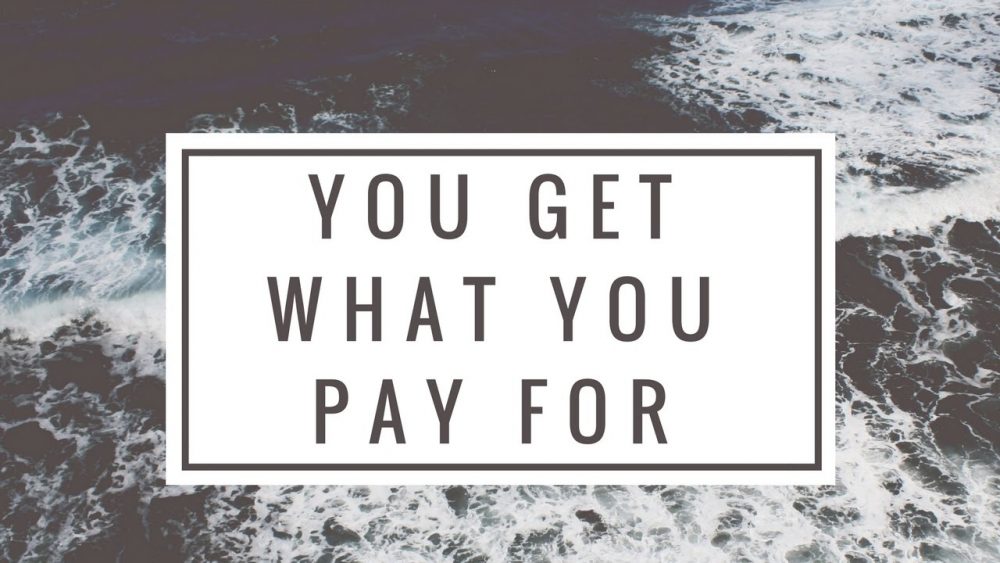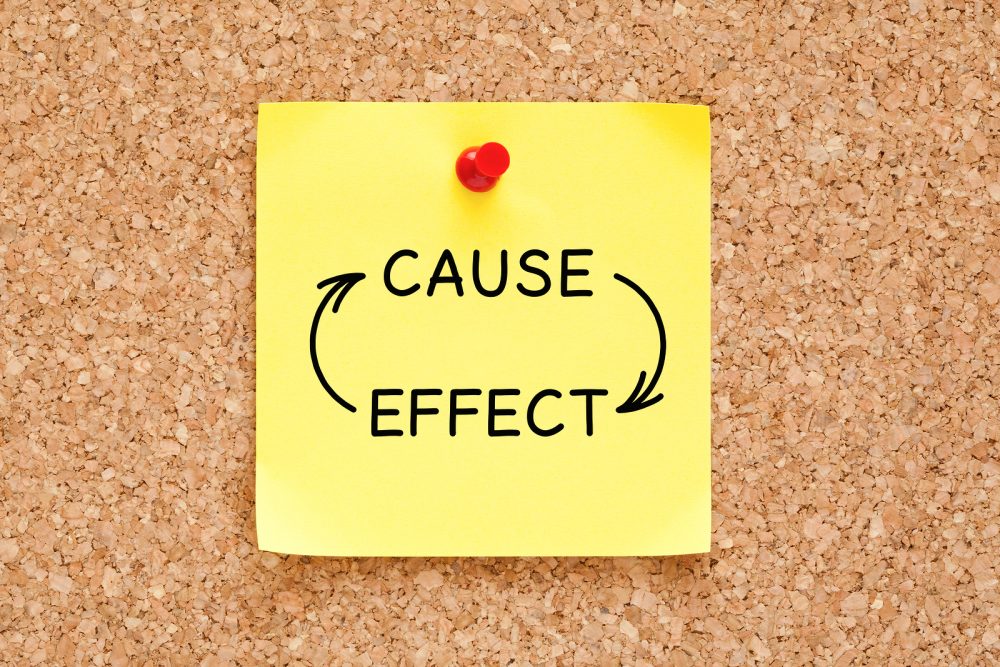Security Tips to Protect your Business from Harm
Let’s start at the beginning
What do you need to protect?
Your business includes your people, your assets, your sales and profit, your information and your brand, and a big one that often gets overlooked – your level of compliance with regulations and laws.
Once you have identified each of these, you need to do a risk assessment. Simply put, what are the challenges that might warrant taking a deeper look at the level of protection you need?
There are some common risks, some terms used when reviewing failed companies;
- “Theft”
- “Fraud”
- “Unsafe workplace and conditions”
- “Harassment”
- “Toxic work environment”
- “Mismanagement”
- “Exceptions to Standard Operating Practice”
So there is a level of vulnerability. There is a certain amount of risk. Now how much do you want to invest?
If you consider that there are three options when it comes to how you treat risk, it can give you a better understanding of what you might want to do. You can transfer risk (like buying insurance), accept risk (like a skydiver who knows what lies ahead – no pun intended – if the chute doesn’t open) or mitigate risk (putting in security and protection systems).
Mitigating the risk is the most common for small business, but at times it seems like that alone can put you out of business because of the cost.
Here’s the secret – the spend should be aligned to the value, and the risk. Just don’t underestimate and don’t go overboard.
Let’s look at one example;
Mom and Pop store has $10,000 worth of inventory, a POS system, 2 employees (the owner’s sisters) and is leasing the store from a mall. The inventory is one of a kind crafts and they process about 50 transactions per day. There is about $500 in cash sales, and the money is left in the register during the day. The community knows the business and goes there for unique items, plus it’s a great place to hang out for an hour or so because the owners put out ham and mayo sandwiches and coffee at a self-service area.
What do you think might be the biggest risk?
The money in the register?
The ham and mayo sitting at ambient temperature all day?
or the POS system?
The answer is – it depends. You need to assess the risk of each.
For example, if the mayo is not consumed within 4 hours at ambient temperature it can create a foodborne illness.
And when you do the assessment make sure you understand the full scope of the issue. For example, the POS system. Let’s say that it can be compromised, and the 50 credit cards are cloned. Each with a $5000 which is conservative, means you failed to protect $250,000 worth of fraud.
In a store with only $10,000 in inventory, a bandit stands to steal $250,000 – that’s the way they think, and that is what small business is up against, and the truth is, there simply is not enough awareness to make them a hard target (one that a criminal avoids).
At a minimum this checklist should give a small business a good start;
- Physical Security (locks, security gates, guards)
- IT Security (data protection, privacy laws, PCI compliance and the standards required to accept credit)
- People (background checks, access control)
- Policies and Procedures (clear guidelines on how to do a job, and how to protect the b business)
- Enterprise Risk Management (an exercise to call out top risks, and designed a mitigation strategy to address them)




